Table of content
Making glutinous rice dumplings, commonly known as zongzi in Chinese culture, is a cherished tradition during the Dragon Boat Festival. These delicious packages of sticky rice wrapped in bamboo leaves are not only a delight to eat but also carry deep cultural significance. Achieving the perfect balance of a soft and sticky texture can be a bit challenging for those unfamiliar with the art. However, with the right techniques and ingredients, you can create zongzi that are both mouthwatering and satisfying. This guide will walk you through the step-by-step process of making glutinous rice dumplings that are as soft as silk and as sticky as honey.
Understanding the Basics
Before diving into the recipe, it’s crucial to understand the fundamental elements that contribute to the soft and sticky texture of zongzi. The key ingredients are glutinous rice, bamboo leaves, and a variety of fillings such as sweetened red bean paste, salted egg yolks, pork belly, or lotus seed paste. The quality of these ingredients, along with the soaking and cooking methods, plays a vital role in the final outcome.
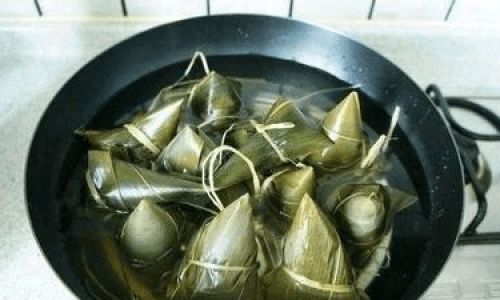
Choosing the Right Rice
Glutinous rice, also known as sticky rice or sweet rice, is essential for creating the signature sticky texture of zongzi. Unlike regular rice, glutinous rice contains a higher amount of amylopectin, a type of starch that gives it its sticky characteristic. Make sure to use fresh, high-quality glutinous rice for the best results.
Preparing the Bamboo Leaves
Bamboo leaves are not just wrappers; they add a subtle, earthy flavor to the dumplings. Fresh bamboo leaves are preferred, but dried ones can also be used if soaked properly. To prepare the leaves, boil them in hot water for about 10 minutes to soften them and make them flexible. This also helps to clean and sanitize them. After boiling, rinse the leaves under cold water and pat them dry.
Step-by-Step Recipe
Ingredients:
- 1 kilogram of glutinous rice
- 50-60 bamboo leaves (fresh or dried)
- Water for soaking and boiling
- Fillings of your choice (sweetened red bean paste, salted egg yolks, pork belly, lotus seed paste, etc.)
- Rope or string for tying
- Optional: Salt (for flavoring the rice), soy sauce, five-spice powder (for savory fillings)
Soaking the Rice
-
Rinse the Rice: Start by rinsing the glutinous rice under cold running water until the water runs clear. This removes any impurities and excess starch.
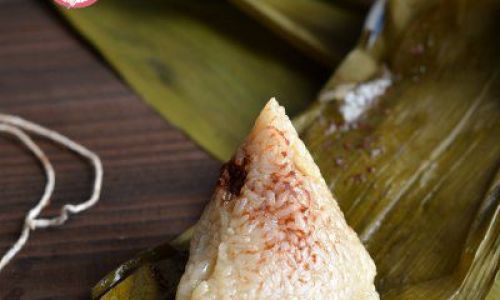
-
Soak the Rice: Place the rinsed rice in a large bowl or pot and cover it with enough water to submerge the rice by at least 2 inches. Soak the rice for at least 4 hours or overnight. Soaking helps the rice absorb water, making it softer and more pliable during cooking.
Preparing the Fillings
-
Sweet Fillings: If using sweetened red bean paste or lotus seed paste, you can usually buy these pre-made. Ensure they are at room temperature before using to avoid cracking the dumplings during wrapping.
-
Savory Fillings: For pork belly, marinate slices of pork with soy sauce, five-spice powder, and a bit of sugar for at least 2 hours. Boil or steam the salted egg yolks until cooked but not too dry.
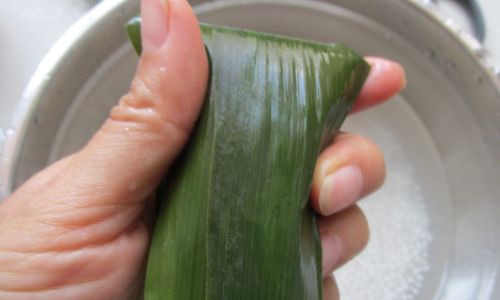
Wrapping the Zongzi
-
Prepare the Leaves: Take two bamboo leaves and overlap them slightly, creating a wider base. Fold the top end of the leaves down by about an inch to create a pocket.
-
Add Rice and Filling: Spoon a layer of soaked glutinous rice into the pocket, followed by your chosen filling. Add another layer of rice over the filling, ensuring the rice is packed tightly but not compressed too much.
-
Fold and Secure: Fold the sides of the bamboo leaves inwards and then roll the dumpling away from you, tucking in the excess leaf at the end to seal. Use rope or string to tie the dumpling securely, ensuring it is tightly wrapped to prevent the rice from leaking out during cooking.
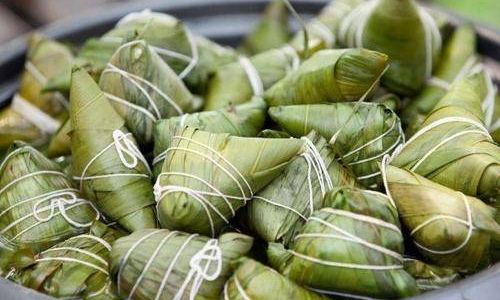
Cooking the Zongzi
-
Boiling the Dumplings: Place the wrapped zongzi in a large pot and cover them with water. The water should be at least 2 inches above the dumplings. Bring the water to a boil over high heat, then reduce the heat to low or medium-low and let the dumplings simmer for about 3-4 hours. This slow cooking process allows the rice to absorb water and become soft and sticky.
-
Checking for Doneness: After the cooking time, remove one zongzi and let it cool slightly. Carefully unwrap it to check the texture of the rice. It should be soft, sticky, and fully cooked through. If the rice is still hard or undercooked, return the dumplings to the pot and continue cooking for another 30 minutes to an hour.
Cooling and Serving
-
Cool Down: Once cooked, remove the zongzi from the pot and let them cool in the water for about 30 minutes. This helps them firm up and makes them easier to handle.
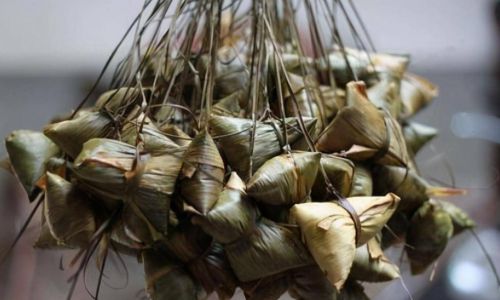
-
Serve and Enjoy: Drain the cooled zongzi and serve them warm or at room temperature. You can drizzle them with honey, syrup, or soy sauce to enhance their flavor.
Tips for Perfect Zongzi
- Soaking Time: Ensuring the glutinous rice is soaked for at least 4 hours or overnight is crucial for achieving a soft texture.
- Tight Wrapping: Wrap the zongzi tightly to prevent the rice from leaking out and to ensure even cooking.
- Slow Cooking: Cooking the dumplings over low heat for an extended period allows the rice to absorb water and develop its sticky texture.
- Quality Ingredients: Using fresh, high-quality ingredients will make a significant difference in the taste and texture of your zongzi.
By following these steps and tips, you can create glutinous rice dumplings that are as soft and sticky as traditional recipes promise. Whether you’re celebrating the Dragon Boat Festival or simply enjoying a culinary adventure, mastering the art of making zongzi will bring joy and satisfaction to your kitchen. Happy cooking!
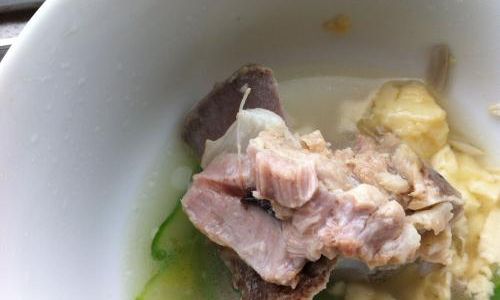
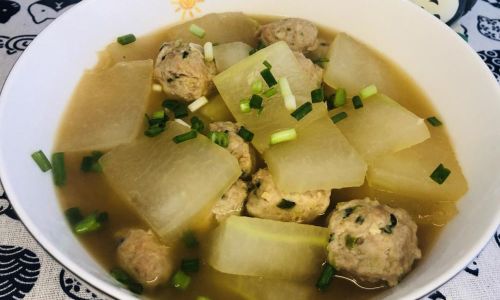
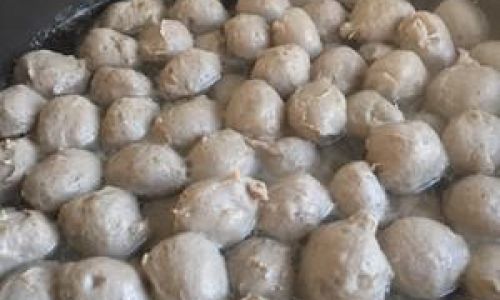
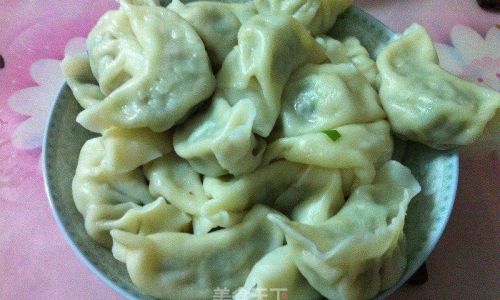
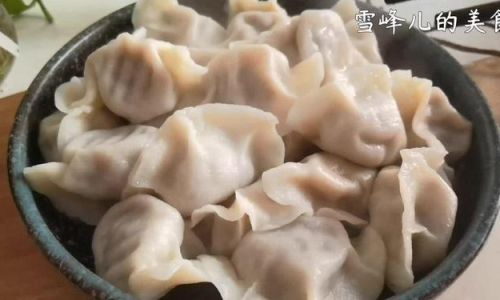
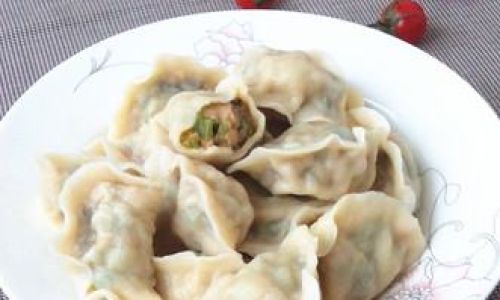
0 comments